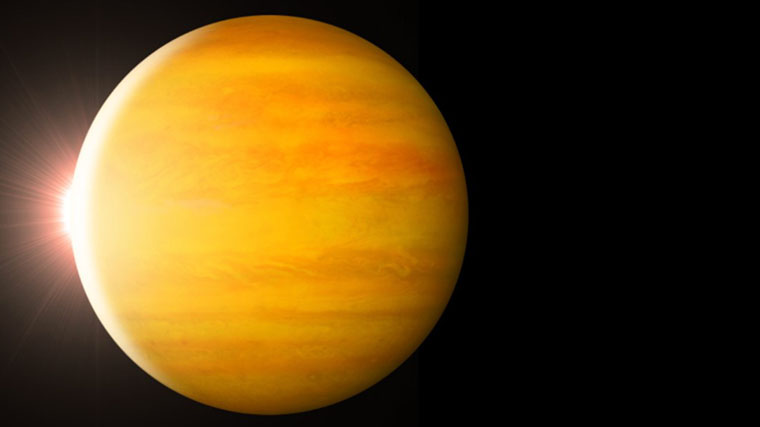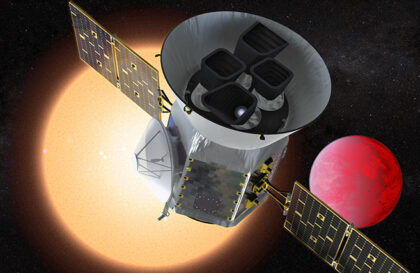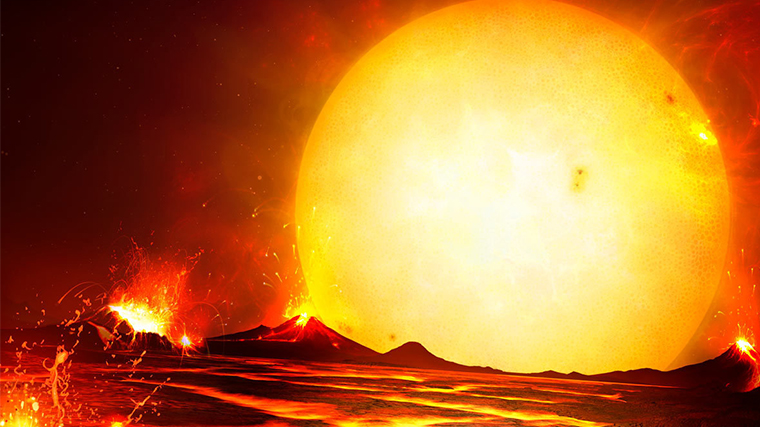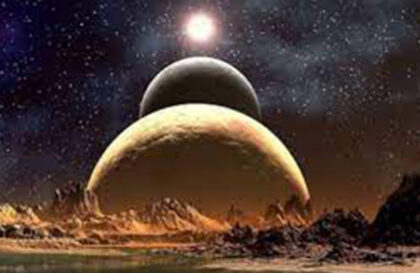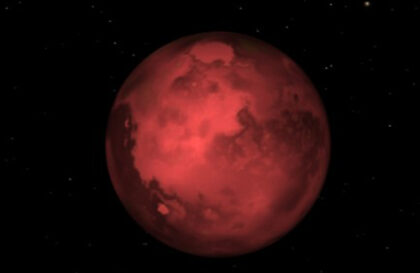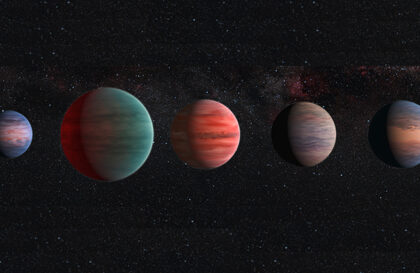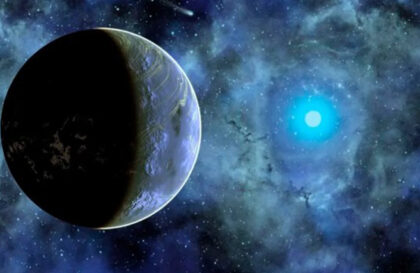How to find an exoplanet?
Even against the background of the intense light of a star, it is difficult to see the reflected light of the planet, especially if they are at a distance of several parsecs. However, scientists have made attempts to detect such planets. For example, it is known that the planets have a gravitational effect on their star, forming a common center of mass, around which the movement takes place. Although the star’s orbit will be much smaller than that of the planet due to its greater mass, astrometric methods theoretically allow such changes to be recorded.
The first calculations related to the change in the position of stars under the influence of planets were made by the English astronomer William Jacob back in the 19th century. In 1963, Dutch scientist Pieter van de Kamp claimed to have discovered periodic oscillations in the motion of Barnard’s Star, which is known for its high speed relative to the Sun (142.6 km/s). Van de Kamp has been watching Barnard’s star since 1938, carefully comparing photographs. He concluded that this star, also known as “Flying”, may have at least one giant planet, exceeding the mass of Jupiter one and a half times.
Pieter van de Kamp later refined the results of his study, stating that two smaller giant planets could be causing the observed wobbles. This discovery was greeted with enthusiasm, but in 1973 several colleagues published publications that could not confirm this find. To make matters worse, American astronomers have offered arguments that the reliability of planetary detection by astrometry will always be in doubt. The influence of invisible planets on the motion of a star can easily be confused with distortions resulting from maintenance or replacement of the optical elements of a telescope.
However, Pieter van de Kamp held his own and his colleagues continued to use the astrometric method to detect planets around other stars. For example, in 1977, scientists from the Pulkovo Observatory announced the existence of three giant planets around the binary star Cygnus 61, each of which is several times the mass of Jupiter.
CoRoT and Kepler see nothing
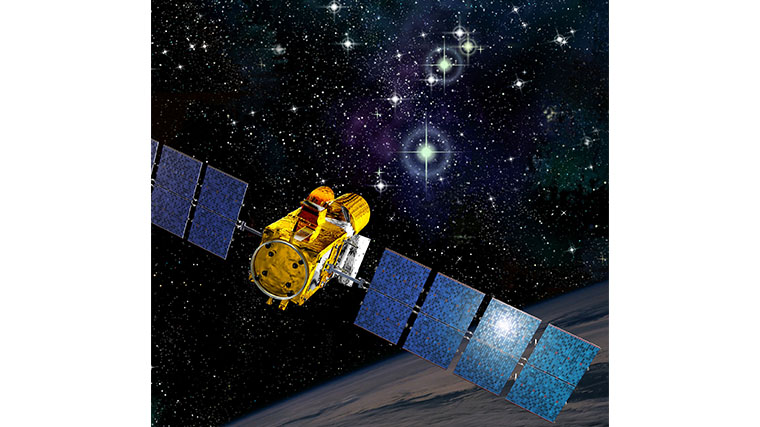
A real breakthrough in the search for exoplanets occurred after the launch of two space telescopes – CoRoT (Convection, Rotation and planetary Transits) and Kepler. The first discovered 30 confirmed exoplanets, the second – over 2300, among which there are also Earth-like ones. Telescopes recorded changes in the luminosity of a large number of stars located in certain parts of the sky, which made it possible to collect an array of data on the prevalence of classes of exoplanets in the Galaxy. Almost half of them are relatively small, and 78 orbit in the habitable zones of their stars.
By the way, CoRoT and Kepler did not find giant planets either near Barnard’s star or near the 61st Cygnus. The “discoveries” of the 1970s were not confirmed.
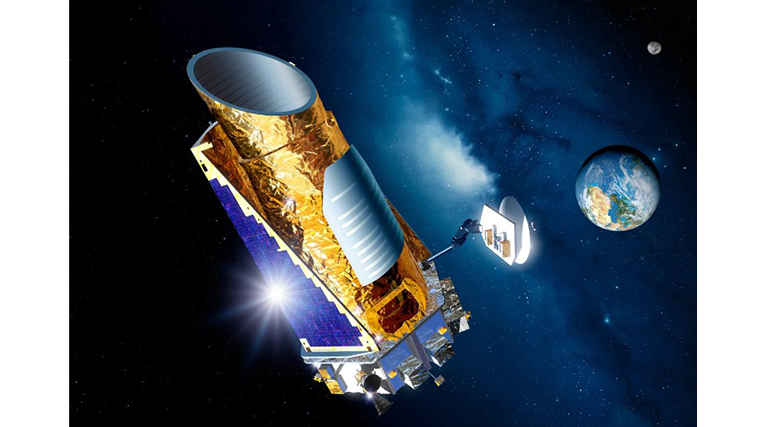
Other planet detection methods
Today it is considered proven that there are a lot of exoplanets; that they can form in binary and triple stars; that there are planetary systems like the solar system; that exoplanets have atmospheres in which water vapor and the simplest organics can be found.
Found an ancient exoplanet 12.8 billion years old and very young, which is only two million years old.
The method of gravitational microlensing fixed two exoplanets in the galaxy Andromeda Nebula.
The first direct photographs of exoplanets were obtained using the coronography method, which “removes” the light of a star.
Currently, the TESS (Transiting Exoplanet Survey Satellite) observatory, which replaced the Kepler, is operating in space.
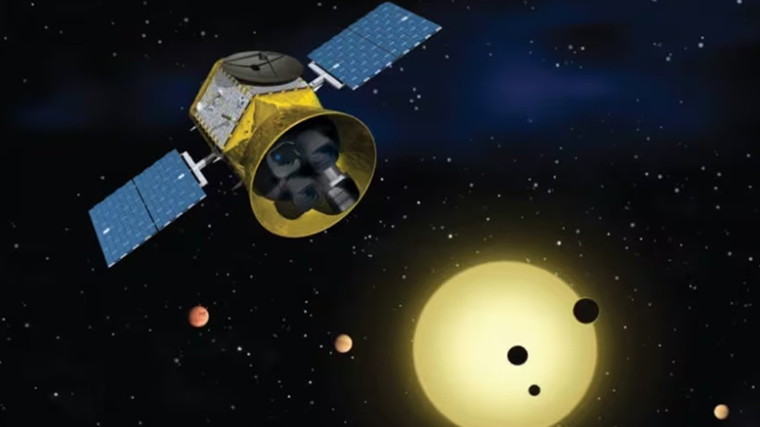
As of the end of June 2023, the existence of 5413 exoplanets in 3992 planetary systems has been reliably confirmed, of which 866 have more than one planet.
Image credit:
https://time.com
https://www.esa.int
https://time.com
https://www.cbc.ca
